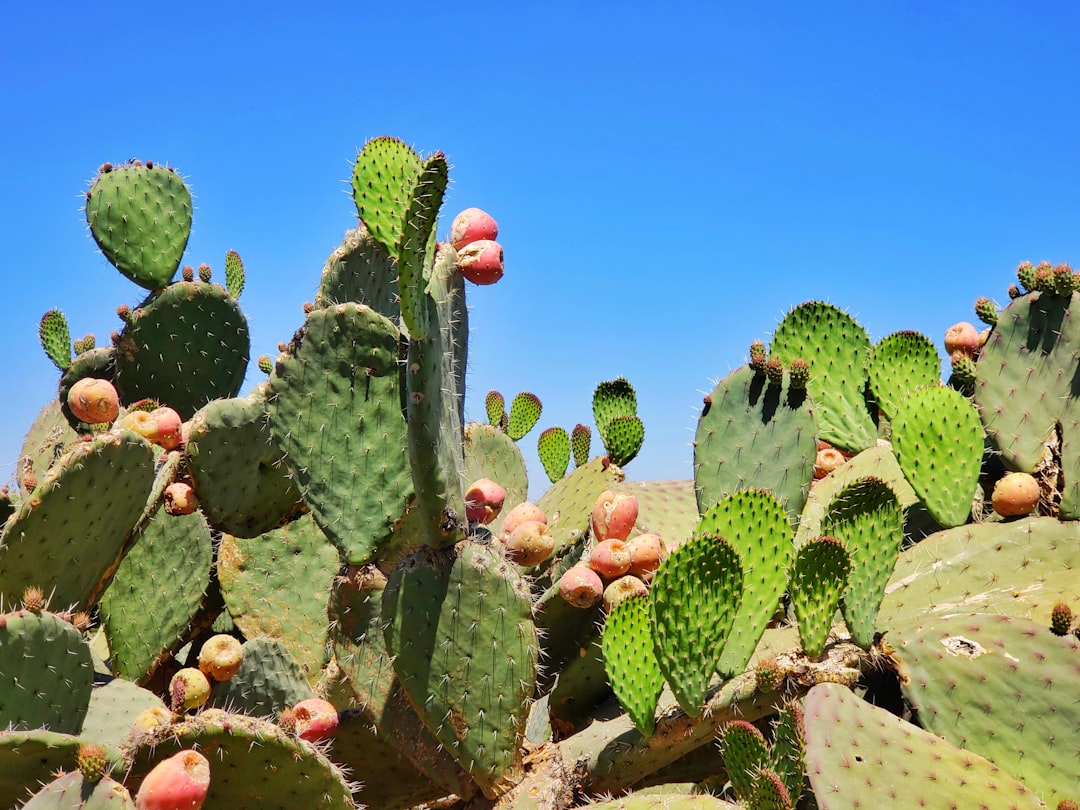Oxalates - vitamins B6 and B1 are needed to prevent crystal accumulation.
*article from Dr. Mercola.
How oxalates harm your health, Dr. Mercola article that is highlighting another person’s book on the topic of oxalates. News to me, low vitamin B6 and B1 would make you more likely to accumulate oxalate crystals. High intakes of vitamin C can also be a factor but I did know that. Being over-acidic is a factor and citrate or lemon juice is recommended as it can help as a preferential recipient of the oxalic acid instead of having it bind with calcium and form painful crystals.
Click through for the video interview by Dr. Mercola with Sally K. Norton, author of a book about oxalate risks and diet guidance. (articles.mercola.com) (pdf in my Dropbox) (pdf of the interview transcript in my Dropbox)
The big three offenders that may be in your green smoothie blends are kale, Swiss chard, and spinach. Other sources of oxalate include the bran of rice and other grains and the peel on almonds and other nuts. Hazelnuts, almonds and pistachios can be boiled for a couple minutes and then immersed in cold water to make the peels slip off fairly easily and that removes the oxalate. Black beans are a significant source and dark chocolate. Coffee and black or green tea has oxalates.
Cactus pear has a lot - personal experience.
Boiling beans vigorously for ten minutes of the cook time may help break down some oxalate and disposing the cooking liquid rather than using it for soup may also reduce oxalate content. Some beans have less oxalate than other types.
Animal products/meats do not have oxalates. It is a plant defense chemical.

I have a previous post with microscopic view of the oxalate crystals and more information on the topic.
Oxalate - needle like crystals that plants make to reduce insects from eating them.
The defense against insects in many common plants involves needle like calcium oxalate crystals (raphides) and there is often a protease enzyme present or other defense proteins. Konno, Inoue, and Nakamura, 2014 tested whether plants may be using a combination of defense mechanisms that increased effectiveness.
The Carnivore diet may avoid plant defense chemicals but that is also missing out on those with more benefits than risk - if eaten in moderation. Many of the potent phytonutrients are used by the plant to prevent insects from eating them. That makes the phytonutrient a potent antimicrobial in moderation, but potentially toxic in larger amounts. Our taste buds help guide us to a medicinal dose of bitter tasting nutrients - medicinal in small amounts, flavorful accents in small amounts, and potentially irritating or toxic in large amounts.
Cinnamon is delicious and aromatic, but it added to lung risks in the vaping related deaths that occurred in 2019 (*and might have involved an early outbreak of CoV that was called ‘mystery vaping deaths’). It is part of the bark of a tree. Bark is designed to keep the outside out and the inside of the tree protected. Deeply inhaling TRP channel activators like cinnamon or mint into the lungs is likely a risk to health beyond being an irritant chemical for delicate tissue. Oil also doesn’t belong in the lungs, THC and nicotine seemed to increase risks more when both were used, and other flavoring synthetic chemicals also were associated with increased risk for ‘mystery vaping disease’.
*I wrote a series of 3 on the Vaping deaths plus a lengthy extra bit on Moderation. The links within the post will take you to my site transcendingsquare.com.
Vaping, Part 3: Combined risks - oils and TRP channel activators.
The risks of vaping may be additive, inhaling oils may increase risk of exogenous lipoid pneumonia (ELP), and inhaling TRP channel activators may increase risk of oxidative stress of cells or mitochondria. See part 1 Vaping and TRP Channel Activators
Disclaimer: This information is being provided for educational purposes within the guidelines of Fair Use and is not intended to provide individual health guidance.





Does Jarrow's B-Right have the right stuff to solve this problem?
Jennifer; Thank you for sharing your knowledge on this subject. I know all well about Oxalates. They usually created when somebody has acidic urine, I passed oxalate stones number of times, but my urine pH is high. Can you comment on this. Thanks.